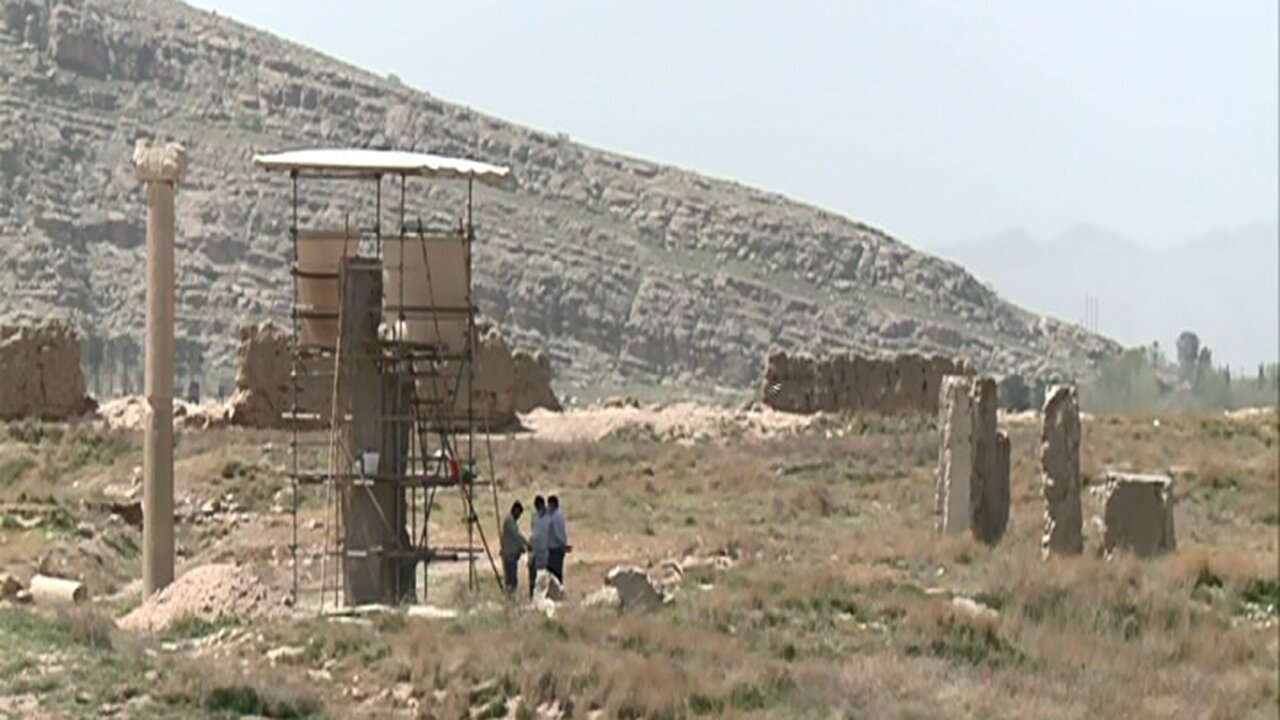Preservation initiatives underway for ancient Istakhr
Preservation initiatives underway for ancient Istakhr
TEHRAN - The ancient city of Istakhr, once a royal residence for the Sassanid kings of Persia and located near the UNESCO-registered Persepolis, is undergoing significant preservation efforts, according to the tourism chief of Fars province.

Mohammad Sabet-Eqlidi on Monday announced the launch of a major project to install electronic protection systems and modern lighting infrastructure in the historic city. “The electronic protection program and the establishment of lighting systems are being implemented under close collaboration with the Persepolis World Heritage Base,” Sabet-Eqlidi stated.
The initiative, which involves lighting, repairs, and the provision of electronic infrastructure, particularly electrical systems, was completed over one month by a team of specialists.
Sabet-Eqlidi emphasized the importance of round-the-clock protection for Istakhr, calling it a critical mission of the Ministry of Cultural Heritage, Tourism, and Handicrafts. He noted that a portion of the annual budget allocated to the Persepolis World Heritage Base is dedicated to the scientific and physical safeguarding of this ancient site.
Historical significance of Istakhr
A folio of Istakhr’s history stretches back to 224 CE, when a Persian nobleman named Ardashir, son of Papak, son of Sasan, dethroned the lawful ruler in Persia, Artabanus IV, king of the Parthian Empire.
The new ruler chose Istakhr, situated near Persepolis to allow the new Sasanian dynasty to identify itself with a glorious past. The builders of Istakhr often reused architectural elements from the monuments of Persepolis. The Achaemenid royal tombs of Naqsh-e Rostam are not far from Istakhr too.
The city itself was not completely new: human occupation had started as early as the fourth millennium BC, and the site was certainly occupied in the Bronze Age, by the Achaemenids, by the Seleucids (who used it as a mint town), and by the Parthians.
The city, which had strong walls, repulsed the first Arab attack in c. 644, but was captured and sacked in c.650. Although the site was not really abandoned, most people moved to Shiraz (which was founded in 684).
Under the Sasanians, Iranian art experienced a general renaissance. Architecture often took grandiose proportions, such as the palaces at Ctesiphon, Firouzabad and Saravan.
AM
source: tehrantimes.com